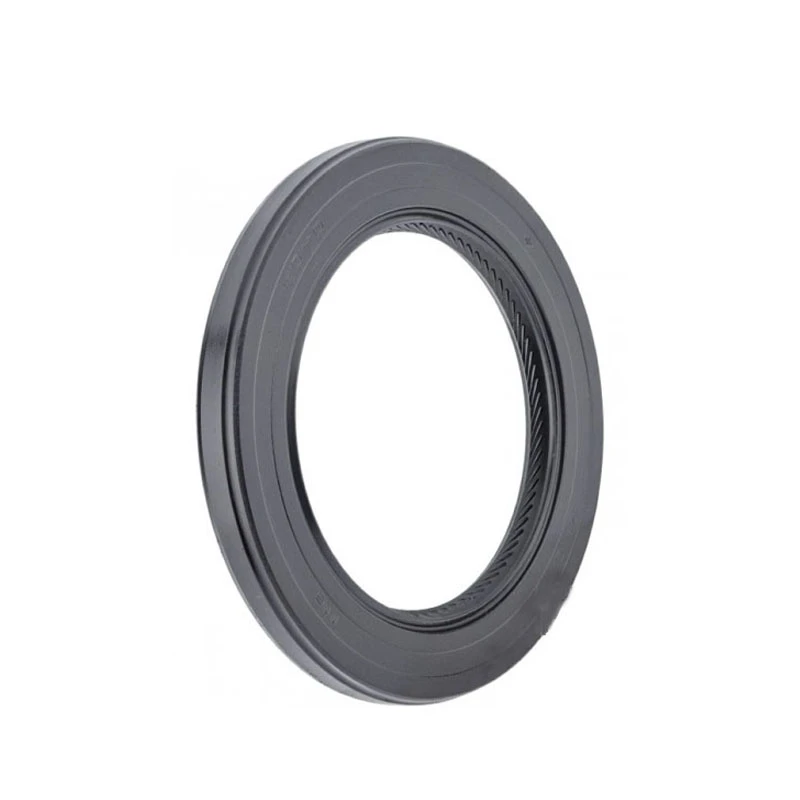Left Side Axle Seal Replacement and Maintenance Guide for Optimal Vehicle Performance
Understanding the Importance of the Left Axle Seal in Automotive Mechanics
When it comes to maintaining a vehicle's performance and longevity, the components of the drivetrain play a crucial role. Among these components, the left axle seal might seem like a minor element, but its function is vital to the overall health of your vehicle. In this article, we will explore what the left axle seal is, its function, signs of failure, and the importance of regular maintenance.
What is the Left Axle Seal?
The left axle seal is a component located where the axle enters the differential or transmission in a vehicle. Its primary role is to prevent lubricating fluid, such as differential oil or transmission fluid, from leaking out of the housing. The seal is typically made from durable materials like rubber or elastomer, designed to withstand the harsh conditions typical of an automotive environment.
Function of the Left Axle Seal
The left axle seal serves several important functions
1. Fluid Retention It keeps the lubricating fluid contained within the differential or transmission. This fluid is critical for reducing friction between moving parts, thus preventing excessive wear and tear.
2. Debris Prevention The seal also helps keep dirt, dust, and other contaminants from entering the differential or transmission. Any foreign particles can cause significant damage to the internal components.
3. Pressure Regulation It helps maintain the correct pressure within the axle housing, which is crucial for optimal performance. A failure in the seal can lead to pressure changes that affect the entire drivetrain.
Signs of Left Axle Seal Failure
Recognizing the signs of a failing left axle seal can save you from more extensive repairs in the future
. Common symptoms of a compromised axle seal includeleft axle seal

- Fluid Leaks One of the most obvious indicators is the presence of fluid on the ground where you park your vehicle. If you see a reddish or brownish puddle, it might be emerging from the differential or transmission.
- Unusual Noises If you hear grinding or clunking sounds while driving, it could signal that the internal components are not receiving adequate lubrication due to leaking fluid.
- Warning Lights Some modern vehicles are equipped with sensors that will trigger a dashboard warning light if there's a problem with the transmission or differential. Pay attention to these alerts, as they can indicate a failing axle seal.
Importance of Regular Maintenance
To avoid problems associated with a faulty left axle seal, regular maintenance is essential. Here are a few maintenance tips
1. Visual Inspections Regularly check under your vehicle for any signs of fluid leaks. Catching a leak early can prevent more significant issues down the line.
2. Fluid Changes Ensure that the differential and transmission fluids are changed at recommended intervals. Old, degraded fluid can lead to increased wear on seals.
3. Professional Inspections Having your vehicle inspected by a professional mechanic can help identify potential problems before they escalate. A mechanic can check seal integrity and other components of the drivetrain during routine servicing.
Conclusion
The left axle seal, while small and often overlooked, plays an indispensable role in the function and longevity of your vehicle’s drivetrain. Understanding its importance, recognizing the signs of its failure, and adhering to a regular maintenance schedule can help you maintain your vehicle's health. Remember, taking care of your car's components, even the seemingly minor ones, can save you from costly repairs and ensure a smooth driving experience for years to come.
-
Understanding Automotive Oil Seals: Essential Components for Engine and Shaft Protection
News Jul.30,2025
-
The Importance of Heavy Duty Seals in Industrial and Residential Applications
News Jul.30,2025
-
Exploring Industrial Oil Seals: From Felt Oil Seals to TTO and CFW Solutions
News Jul.30,2025
-
Essential Guide to Oil Seals: From Radial to Metal-Cased Seals for Industrial Reliability
News Jul.30,2025
-
Choosing the Right Oil Seals and Gaskets for Industrial and Automotive Applications
News Jul.30,2025
-
Cassette Seals: Durable Sealing Solutions for Harsh Environments
News Jul.30,2025
-
Understanding the Front Main Engine Seal: Purpose, Maintenance, and Installation
News Jul.29,2025
Products categories















